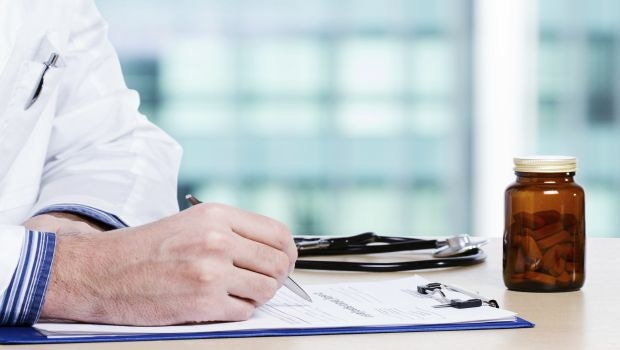Despite Historical Use, Cannabis Testing Still in Infancy
Dr. Holly E. Johnson, laboratory director at Alkemist Labs, on why this needs to improve right now.
October 27, 2015

Cannabis, or marijuana (Cannabis sativa L.), has been used by humans for over 3,000 years and was included in the medical traditions and historical pharmacopoeias of many civilizations in diverse places such as China, Egypt, India, and Greece.
In the nineteenth century cannabis was a mainstream medicine in Europe and appeared in the United States Pharmacopeia (USP) starting in 1850. The USP listed the plant as a treatment for ailments including neuralgia, tetanus, typhus, cholera, rabies, dysentery, alcoholism, opiate addiction, anthrax, leprosy, incontinence, gout, convulsive disorders, tonsillitis, insanity, excessive menstrual bleeding, and uterine bleeding, among others. After being included in the USP compendium for 92 years, in 1942 cannabis was removed. Various state and federal laws criminalizing possession and cultivation of the plant were enacted and in 1970 the Controlled Substances Act listed cannabis in Schedule 1, which characterizes it as having "no currently accepted medical treatment use." There have been many calls by the medical community for rescheduling as the federal legal status makes it extremely difficult to gain access to the plant for clinical research. In the 1990s California and other states started enacting legislation conferring various levels of legal status to cannabis, and in recent years momentum has increased.
The main bioactive components in Cannabis are a group of over 65 compounds called cannabinoids, of which cannabidiol (CBD) and Δ9-tetrahydrocannabinol (THC) are the most concentrated and most well studied. The pharmacological action of cannabis in the human body is modulated largely through the endocannabinoid system which is involved in immunity, pain, control of movement, feeding behavior, and memory. So the plant has great therapeutic potential for treatment of cancer and AIDS patients, epilepsy, pain, anxiety, sleep disorders, neurological diseases, and many others. Of the two well-known medicinally active cannabinoids only one, THC, is responsible for the psychotropic "high" experienced by cannabis users.
While 23 states have currently legalized medical use of Cannabis, 17 states have passed so called "low-THC" or "CBD-only" laws to allow access to natural products that are less contentious in terms of the current Schedule 1 classification by the federal Controlled Substances Act. Natural products containing only trace amounts of THC, but with elevated amounts of the beneficial CBD, are now emerging in the consumer marketplace and are readily available online.
While Cannabis flowers, extracts, and a huge variety of edible products are available in certain states, quality regulation is currently sporadic and lab testing is inconsistent and of questionable validity. Several sources, from mainstream media such as the Denver Post to prestigious peer-reviewed scientific journals like the Journal of the American Medical Association, have published troubling accounts of widespread inaccuracies in labeling of cannabis products for pulmonary delivery as well as in oral dosage forms. Problems on the manufacturing side were revealed with some products found to contain virtually no THC, or conversely some containing more than double the amount claimed on the label. This could clearly lead to dosing problems and adverse events.
Findings also reveal huge inconsistencies between testing labs, with a single product tested by multiple labs reported to contain vastly different amounts of THC. This could be due to several factors including the complex chemistry, challenging matrices, lack of properly trained personnel, or non-compliance with cGMPs, but is most attributable to the complete absence of published validated test methods vetted by analytical chemists, regulatory agencies, and standards setting bodies. Because federal laws have not kept up with state laws, the labs and testing standard organizations best equipped to bring testing of cannabis up to the level of other medicinal herbs are prohibited from doing so.
So, regardless of the ambiguous legal status or of any personal opinions on this often-marginalized herb, cannabis is indeed here—in the commercial natural products market and in humans! In spite of the looming social stigma, cannabis is being used by children (with epilepsy) and elderly (with insomnia) alike. These consumers deserve safe, effective, and properly labeled natural products. There is an urgent and critical need for trained analytical chemists to develop and validate methods across multiple reputable labs.
About the Author(s)
You May Also Like




.png?width=800&auto=webp&quality=80&disable=upscale)